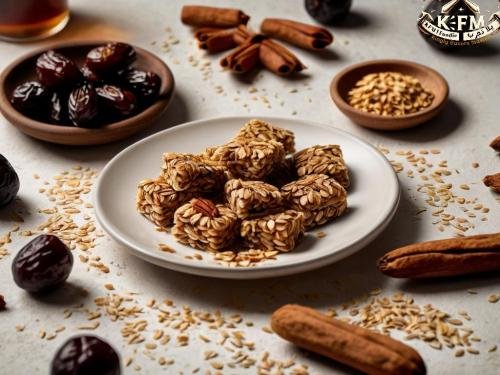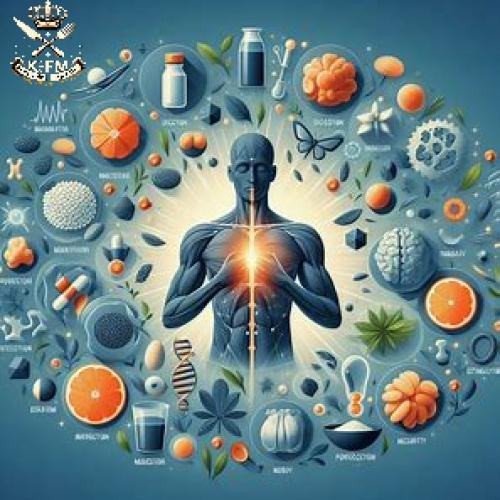To improve your performance in physical exercises, you should know the difference between slow-twitch and fast-twitch muscle fibers because muscle fibers play a crucial role in determining our physical abilities and building strong, durable muscles. They are divided into two types, each with unique characteristics. Let’s explore these differences and how to benefit from them to achieve your muscle-building goals and improve your athletic performance.

The Difference Between Slow-Twitch and Fast-Twitch Muscle Fibers and Ways to Enhance Them
Slow-Twitch Muscle Fibers
- Color: Red
- Composition: Contain a large amount of mitochondria and myoglobin, the oxygen-carrying protein.
- Performance: Contract slowly and produce large amounts of ATP using oxygen, which makes them resistant to fatigue and ideal for continuous activities like walking and jogging.
- Locations: Found in abundance in the neck and spine muscles, and are used in activities that require high endurance.
Fast-Twitch Muscle Fibers
- Color: White
- Composition: Contain small amounts of myoglobin and mitochondria.
- Performance: Can produce ATP very quickly and without using oxygen, which makes them capable of handling rapid and intense stress.
- Endurance: Fatigue quickly, making them suitable for short-duration activities such as weightlifting and sprinting.

Ways to Enhance Muscle Fibers
Muscle Building Process
After physical exercise, tiny tears occur in muscle fibers. The body begins to repair these tears over a period of two days by increasing protein synthesis in the muscles. This process accelerates with increased secretion of testosterone and growth hormone.
Muscle Fiber Training Strategies
-
Training Slow-Twitch Fibers:
- Endurance Exercises: Such as long-distance running, cycling, and swimming.
- High Repetitions and Light Weights: These increase muscle endurance and enhance the fibers' ability to work for extended periods.
-
Training Fast-Twitch Fibers:
- Strength Training: Such as weightlifting, jumping exercises, and sprinting.
- Low Repetitions and Heavy Weights: Focus on increasing strength and muscle size quickly.

Benefits and Applications
Increase in Muscle Mass
People with a higher proportion of fast-twitch muscle fibers notice a quicker increase in muscle size because these fibers grow at a faster rate.
Improvement in Athletic Performance
Understanding the type of muscle fibers predominant in your body can help design a personalized training program that enhances your strengths and improves your performance in various sports activities.
Recovery and Rest
Any training program should include sufficient rest and recovery periods since muscle fibers need time to repair and grow. Good nutrition and adequate sleep play a vital role in this process.
Additional Tips
- Nutrition: Consume protein-rich meals to support muscle-building processes.
- Exercise Variety: Change exercises periodically to stimulate all types of muscle fibers.
- Tracking and Evaluation: Regularly track your progress and adjust your training program based on the results.
Summary: You can maximize your workout benefits by understanding the differences between slow-twitch and fast-twitch muscle fibers and applying tailored training strategies for each type. By adopting a holistic approach that includes exercise, nutrition, and rest, you can effectively increase your muscle size and improve athletic performance.




















